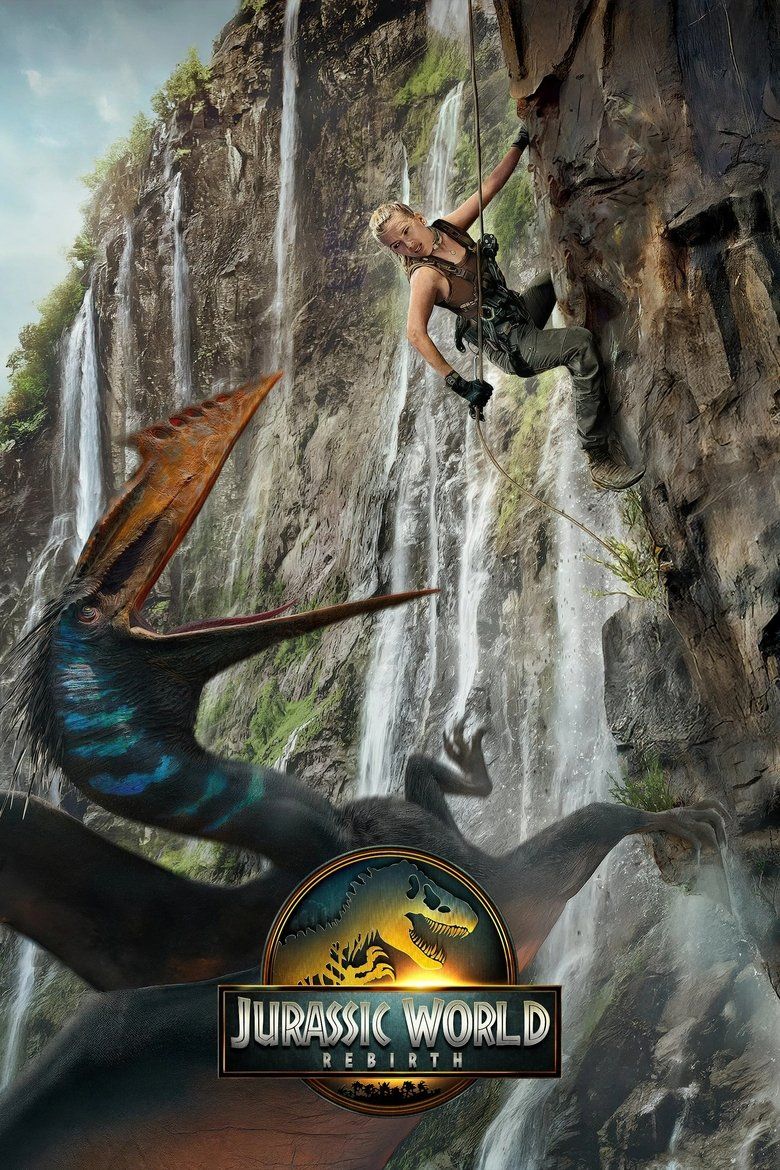
Jurassic World Rebirth breathed new life into the Jurassic Park franchise, but the franchise’s long-standing questions about the dinosaurs’ scientific accuracy still lingered with a new wave of dino clones. The genetic science behind the franchise’s fearsome beasts certainly hasn’t hindered audience interest, as Jurassic World Rebirth has continued to blow past box office benchmarks.
Ever since the franchise’s basic scientific principles were introduced by Mr. DNA way back in 1993, a segment of the audience has always questioned why the dinosaurs shown in the franchise were not accurate to what we know about each respective species. For example, the cinematic velociraptors are famously lacking feathers, are much larger than the typical velociraptor, and had a different head shape.
While the inaccuracies were never really addressed during the original Jurassic Park trilogy, Jurassic World made sure to clarify the reason for the differences. It makes perfect sense from a narrative standpoint, and really points to the problems behind Jurassic Park/Jurassic World‘s overarching concept of bringing dinosaurs to life in the modern age.
Dr. Wu Explained Why Jurassic World’s Dinosaurs Aren’t Accurate
Fans Have Questioned Why The Dinosaurs Look Different From What The Fossil Record Shows
BD Wong’s Dr. Henry Wu is depicted as the lead geneticist in Jurassic Park, and he maintains that role throughout the first six movies in the franchise, albeit working for different companies and parties across the series. While there was obviously a full staff of scientists on hand at each iteration of the park, Wu is the mastermind behind the dinosaur cloning process.
|
Jurassic World Rebirth – Key Review Scores |
||||
|---|---|---|---|---|
|
RT Tomatometer |
RT Popcornmeter |
IMDB Score |
Metacritic Metascore |
Metacritic User Score |
|
52% |
72% |
6.2/10 |
50/100 |
5.5/10 |
When confronted by Simon Masrani in Jurassic World after the Indominus Rex broke out and began its rampage, Dr. Wu actually provided a straightforward answer as to why the dinosaurs’ appearances and traits aren’t scientifically accurate. While he’s referring to the Indominus Rex at the time, his response actually explains things for the franchise as a whole:
You are acting like we are engaged in some kind of mad science. But we are doing what we have done from the beginning. Nothing in Jurassic World is natural. We have always filled gaps in the genome with the DNA of other animals. (voice rising) And, if their genetic code was pure, many of them would look quite different. But you didn’t ask for reality. You asked for more teeth!
Indominus Rex was designed to be as scary as possible, but in order to exaggerate the predator features that make it “scary”, other elements of the genome were sacrificed or shifted. That is a foundational aspect of the entire genetic cloning process of the franchise: where there are gaps in the genome, they mix and match DNA from other animals to fill it in.
Because it’s a foundational concept of Ingen’s cloning process, the inaccurate physical appearance of the dinosaurs in Jurassic World Rebirth would fall in line with those guidelines. The dinosaurs on Ile Saint-Hubert have supposedly been around for years as rejects from the original park, so they represent the clearest example of inaccurate cloning.
Related
The Most Powerful Dinosaur in Jurassic World Rebirth is The Undisputed Number 1
Which of the Jurassic Park/Jurassic World franchise’s killer creations would win in a fight: the Distortus Rex or the Indominus Rex?
Fortunately, the scientific inaccuracies aren’t actually an issue for the franchise, because Jurassic Park movies have never actually been about the science. Much like the corporate execs clamoring for a scarier Indominus Rex to slap their brand name on, the people who lined up for Jurassic World Rebirth care about whether the dinosaurs on the big screen are cool or scary, not whether they match the fossil record.

Jurassic World Rebirth
- Release Date
-
July 2, 2025
- Runtime
-
134 minutes
- Director
-
Gareth Edwards
- Writers
-
David Koepp
- Producers
-
Frank Marshall, Patrick Crowley







